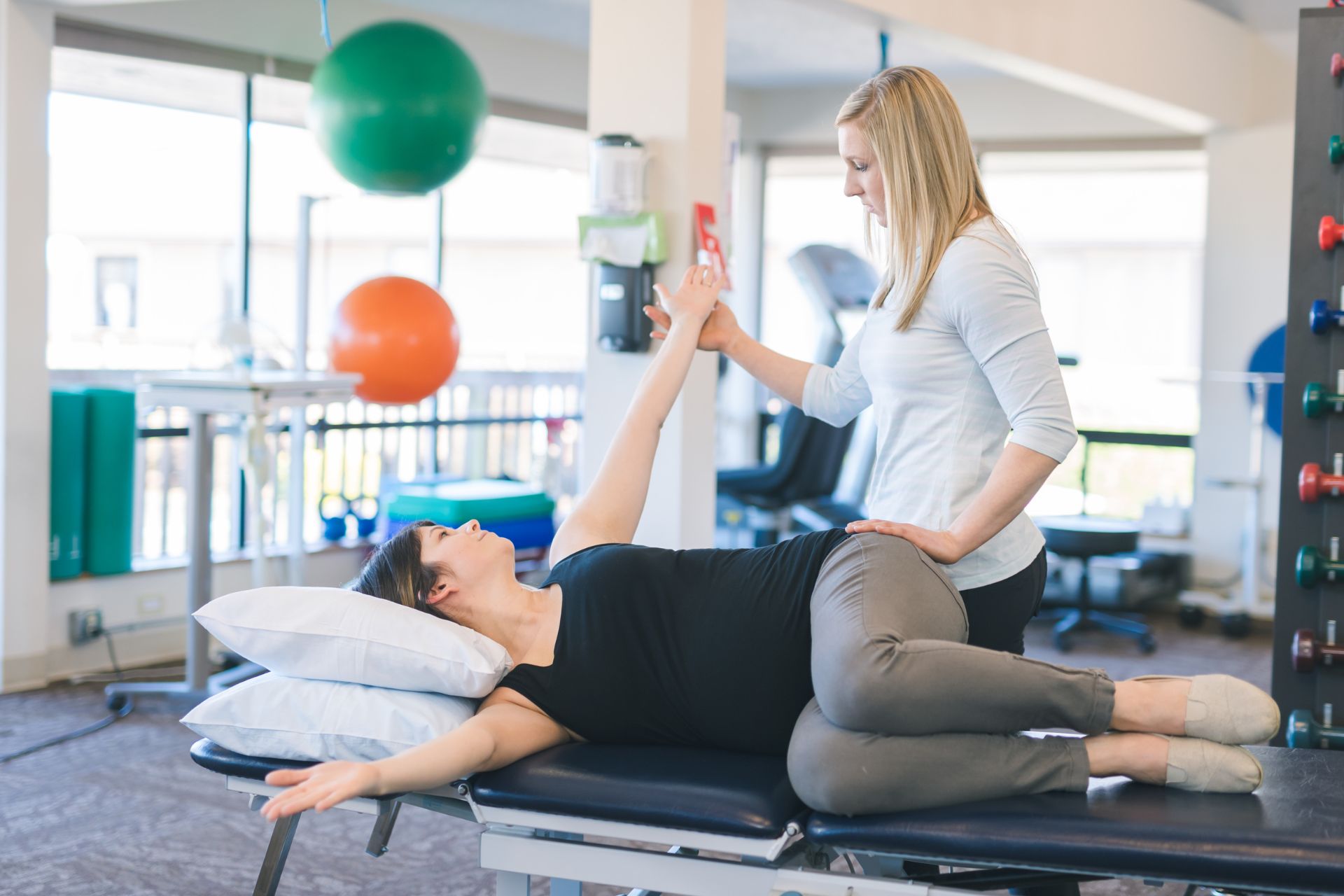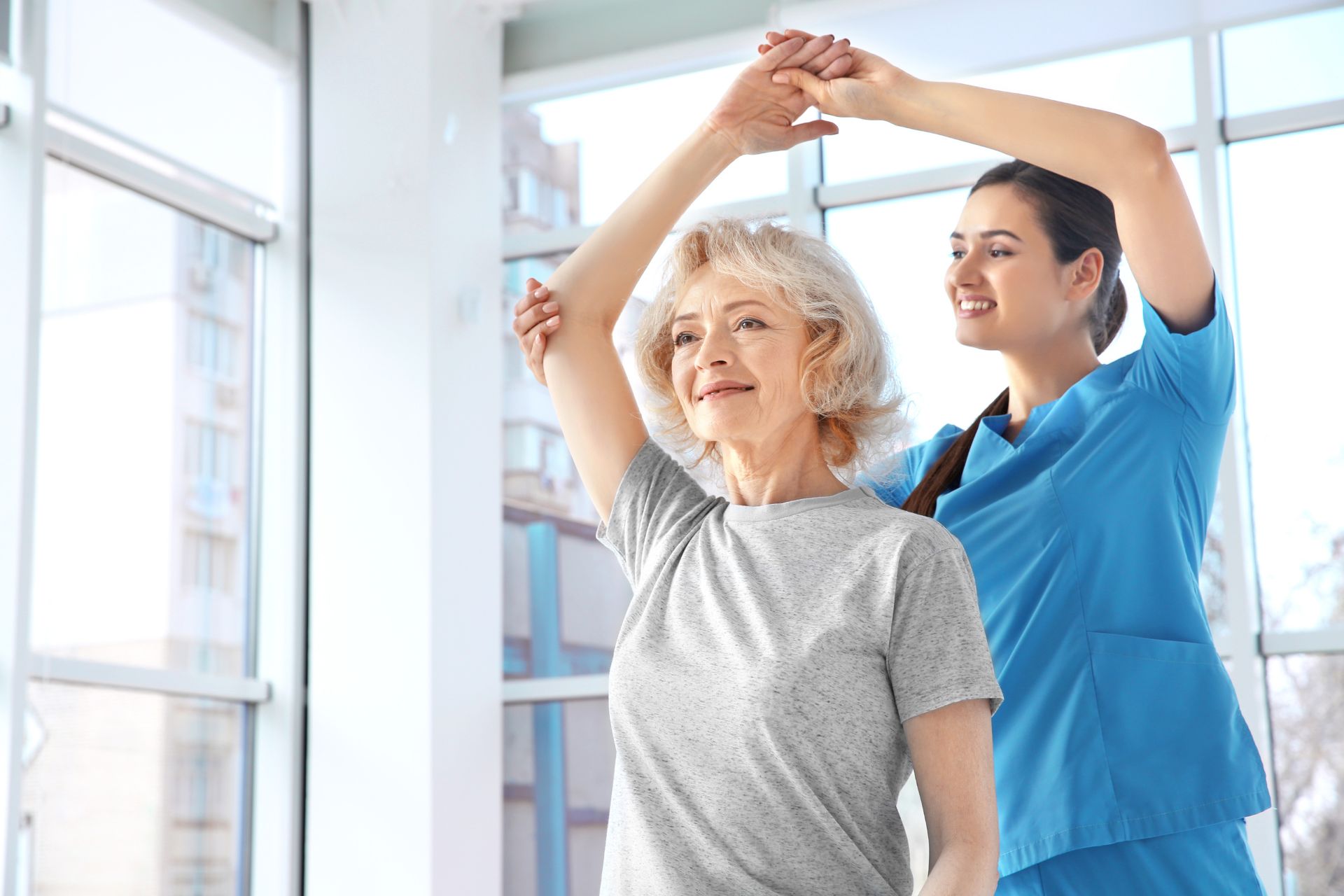Frequently Asked Questions
Rehabilitating a torn ACL involves a structured physical therapy regimen focusing on restoring knee stability, strength, and range of motion. Key exercises include quadriceps strengthening through straight leg raises and isometric contractions, hamstring curls to enhance posterior chain support, and calf raises to improve lower leg strength. Balance and proprioception exercises, such as single-leg stands and wobble board activities, are crucial for neuromuscular control. Incorporating closed kinetic chain exercises like mini-squats and leg presses helps in functional movement restoration. Additionally, flexibility exercises, including heel slides and hamstring stretches, aid in maintaining joint mobility. Progression to sport-specific drills and plyometrics, such as lateral hops and agility ladder drills, is essential for athletes aiming to return to high-level activities. Consistent monitoring and gradual progression under the guidance of a physical therapist ensure optimal recovery and minimize the risk of re-injury.
Aquatic therapy aids in the recovery of shoulder injuries by utilizing the buoyancy, resistance, and hydrostatic pressure of water to facilitate rehabilitation. The buoyancy reduces the gravitational forces on the shoulder joint, allowing for pain-free movement and increased range of motion. The resistance provided by water enables the strengthening of the rotator cuff muscles and deltoids through controlled exercises, enhancing muscle endurance and stability. Hydrostatic pressure helps decrease swelling and improve circulation, promoting faster healing of soft tissues. Additionally, the warm temperature of the water can relax tight muscles and alleviate pain, making it an ideal environment for performing therapeutic exercises such as shoulder abduction, flexion, and internal and external rotation. This holistic approach not only accelerates recovery but also minimizes the risk of re-injury by improving proprioception and neuromuscular control.
Proprioceptive training plays a crucial role in ankle sprain rehabilitation by enhancing neuromuscular control, joint position sense, and balance, which are essential for preventing recurrent injuries. This type of training focuses on improving the body's ability to sense the position and movement of the ankle joint, thereby facilitating the restoration of functional stability. Through exercises such as balance board activities, single-leg stands, and dynamic movements, proprioceptive training targets the mechanoreceptors in the ligaments and tendons, which are often compromised following an ankle sprain. By integrating proprioceptive exercises into a comprehensive rehabilitation program, individuals can achieve improved postural control, reduced risk of chronic ankle instability, and a faster return to pre-injury activity levels. Additionally, proprioceptive training aids in the re-establishment of reflexive muscle activation patterns, which are vital for maintaining joint integrity during dynamic activities.
Manual therapy techniques can effectively alleviate lower back pain by employing a variety of hands-on methods such as myofascial release, joint mobilization, and soft tissue manipulation. These techniques aim to reduce muscle tension, improve joint mobility, and enhance circulation in the lumbar region. By targeting specific areas of muscle tightness and fascial restrictions, manual therapy can decrease inflammation and promote the release of endorphins, which are natural pain relievers. Techniques like spinal manipulation and trigger point therapy can realign the vertebrae and release muscle knots, respectively, thereby reducing nerve compression and improving range of motion. Additionally, manual therapy can address postural imbalances and biomechanical dysfunctions that contribute to chronic lower back pain, providing a holistic approach to pain management and functional restoration.
Electrical stimulation in post-surgical knee rehabilitation offers numerous benefits, including enhanced muscle re-education, improved quadriceps strength, and accelerated recovery of neuromuscular function. By delivering targeted electrical impulses, it facilitates increased blood flow, reduces muscle atrophy, and alleviates joint stiffness, thereby promoting optimal tissue healing. This modality aids in the reduction of post-operative swelling and pain, contributing to improved range of motion and functional outcomes. Additionally, electrical stimulation can enhance proprioceptive feedback, which is crucial for restoring balance and coordination. Its integration into rehabilitation protocols can lead to more efficient rehabilitation timelines and improved patient satisfaction, making it a valuable tool in the comprehensive management of knee surgery recovery.

